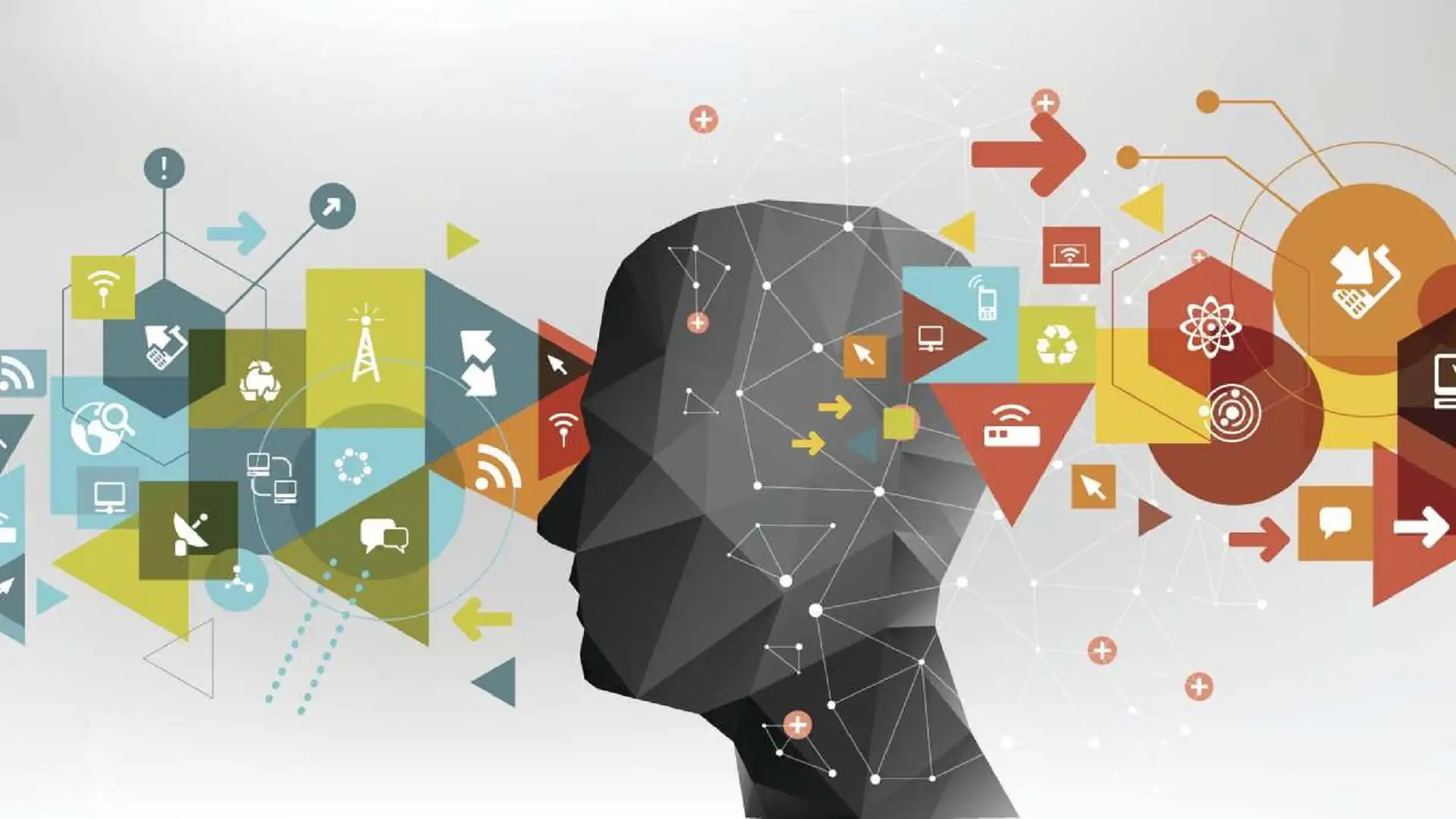Title: “Unveiling the Eyes of Marketing: An Exploration into Customer Impact”
In the vast landscape of business, understanding the role of customers is paramount to succeeding in today’s competitive market. This article delves into the lens of marketing and dissects the crucial function customers play in the marketing process. We will examine the importance of customer needs, data-driven strategies, and the evolution of customer focus, all while maintaining a professional tone throughout.
The foundation of marketing lies in understanding customers’ needs and preferences. By doing so, businesses can better tailor their products and services to cater to their target audience. This customer-centric approach has emerged as a prominent trend in the world of marketing, as businesses recognize the significance of knowing their customers well. Some factors that contribute to the understanding of customers include:
– Conducting market research to gather insights on customer preferences, habits, and demographics
– Analyzing data from various touchpoints, such as online and offline interactions
– Employing customer feedback and reviews to improve product offerings
As marketing strategies have evolved, so have the tools and approaches businesses have utilized to reach their target customers. Digital marketing channels, such as social media platforms, search engine optimization (SEO), and email marketing, have become indispensable in maintaining active communication with customers. By leveraging these channels, businesses can effectively engage with their target audience and provide personalized promotions and offers.
Moreover, the rise of big data has significantly impacted customer-focused marketing strategies. Businesses can now gain valuable insights by analyzing vast amounts of data, such as customer purchase behavior, location data, and social media interactions. This allows businesses to create targeted campaigns that effectively reach their customers, ultimately leading to increased customer satisfaction and loyalty.
The role of customers in marketing has undergone a paradigm shift in recent years, with companies transitioning from product-centric marketing to customer-centric marketing. This shift emphasizes the importance of understanding customer needs and preferences, tailor-making products and services to cater to their specific requirements. By doing so, companies can differentiate themselves from competitors and ultimately forge long-lasting relationships with their customers.
In conclusion, this article has explored the revolutionary role of customers in marketing and the evolution of customer-centric marketing strategies. As businesses strive to maintain relevance and success in today’s market, understanding and catering to customer needs has become an indispensable part of any successful marketing campaign.
Table of Contents
- 1. Marketing through the Customer’s Lens: Exploring Behavioral Insights
- 2. Customer Engagement and Retention Strategies: Optimizing Marketing Efforts
- Q&A
- In Summary

1. Marketing through the Customer’s Lens: Exploring Behavioral Insights
In the realm of effective marketing, it’s essential to understand and address the consumer’s experience. By focusing on behavioral insights, businesses can uncover crucial information to delight their customers and enhance their overall experience. For instance, by analyzing customer actions and preferences, marketers can:
- Design personalized offers and promotional strategies: Understanding the specific needs and preferences of the consumer allows businesses to craft tailored offers and promotional campaigns. This approach increases customer satisfaction and loyalty.
- Optimize online presence and site design: Drawing from behavioral insights, marketers can make data-driven decisions to improve website design, user navigation, and content organization. As a result, customers have an enhanced and seamless experience, leading to higher conversions.
Moreover, behavioral insights enable marketers to identify strategic opportunities for growth and business expansion. For instance, businesses can:
- Improve market segmentation and targeting: Leveraging insights into customer behavior helps companies segment their customers more effectively. This increased precision in targeting allows for more relevant advertising, driving better engagement and revenue generation.
- Enhance product and service development: Through behavioral insights, companies can uncover customer preferences and pain points, fostering innovation in product and service development. As a result, businesses can offer value-added solutions that resonate with target audiences, leading to increased customer satisfaction and long-term success.
Ultimately, marketing through the customer’s lens is about addressing the unique needs and preferences of the consumer. By delving into behavioral insights, businesses can foster a more meaningful and rewarding relationship with their customers, driving long-lasting growth and success.
2. Customer Engagement and Retention Strategies: Optimizing Marketing Efforts
Boosting Customer Engagement and Retention: Key Strategies
When it comes to customer engagement and retention strategies, businesses must focus on creating an interactive and personalized experience for their customers. This includes understanding their needs, preferences, and behaviors, as well as offering rewards and incentives to encourage repeat purchases. Here are some effective strategies to optimize marketing efforts:
- Personalized Communication: Utilize customer data to craft tailored messages, offers, and product recommendations. By treating customers as individuals, businesses can enhance their brand image and create a genuine connection.
- Email Marketing: Leverage the power of email campaigns to keep customers engaged and informed about the latest news, events, or product updates. Timely and relevant content can help maintain customer interest and drive conversions.
- Loyalty Programs: Implement a robust loyalty program that offers points, rewards, or exclusive perks to incentivize customer loyalty. By rewarding repeat purchases and regular interactions, businesses can encourage long-term relationships with their customers.
- Social Media Integration: Engage with customers on social media platforms by posting valuable content, answering questions, and participating in relevant conversations. This interaction can foster brand loyalty and lead to increased customer retention.
- Customer Feedback: Collect and analyze customer feedback through surveys, reviews, or direct communication. This information can be used to identify areas for improvement and guide marketing efforts to better meet customer needs and preferences.
In Conclusion
Effective customer engagement and retention strategies are essential for businesses to maintain a competitive edge and thrive in the long run. By understanding customer behavior and preferences, offering personalized experiences, and continually improving their marketing efforts based on feedback, businesses can create long-lasting relationships with their customers and ultimately boost sales.
Q&A
**Question:** What is the importance of understanding customers in the context of marketing?
**Answer:** Understanding customers is crucial in marketing for several reasons. First, it helps marketers identify their target audience more effectively, which ultimately leads to better targeted marketing campaigns. This attention to specific customer segments allows businesses to deliver relevant products and services that cater to the unique needs and preferences of each audience. Additionally, gaining insights into customers’ attitudes, beliefs, and behaviors enables marketers to develop strategies that resonate with their target market, thus increasing customer loyalty. Moreover, understanding customers allows businesses to anticipate trends and adapt to changes in the market, ensuring that they remain competitive. Ultimately, a deep understanding of customers is fundamentally important for businesses to thrive and grow.
**Question:** How can businesses collect customer data to better understand their needs and preferences?
**Answer:** Businesses can collect customer data through various means, including:
– Surveys: Conducting surveys allows marketers to gather feedback from customers about their preferences, needs, and pain points. This information can then be used to inform marketing strategies and product development.
– Customer relationship management (CRM) systems: CRM systems store information about customers, such as their contact details, purchase history, and interaction history. This data can be used to analyze customer behavior and preferences, enabling businesses to design targeted marketing campaigns and personalize customer experiences.
- Social media monitoring: Analyzing the content that customers share on social media can provide valuable insights into their preferences, interests, and complaints. This information can help businesses tailor their marketing efforts and build stronger social media presence.
– Website analytics: Tracking website visitor behavior and user interactions can provide valuable data about what appeals to customers and what fails to interest them. This information can be used to optimize website design and content to better cater to their needs.
**Question:** How can marketers use customer insights to develop effective marketing strategies?
**Answer:** Once marketers have collected and analyzed customer data, they can use these insights to develop effective marketing strategies. Some strategies that utilize customer insights include:
– Segmentation: Divide the market into specific segments based on shared characteristics, such as demographics, preferences, or behaviors. Targeted marketing efforts can then be designed to cater to the unique needs of each segment.
– Messaging: Tailor marketing messages to suit the preferences and needs of different customer segments. This can include tweaking the tone, language, and imagery used in advertisements, promotional materials, and digital content.
– Personalization: Leverage customer data to deliver personalized experiences, such as offering tailored product recommendations or sending targeted promotional emails.
– Content marketing: Create content that caters to the interests and preferences of specific customer segments. This can help businesses establish themselves as thought leaders in their industry, build credibility, and ultimately drive customer engagement and conversions.
Understanding customers and utilizing customer insights is essential for businesses to stay competitive in today’s rapidly evolving market. By gathering and analyzing customer data, marketers can design targeted marketing campaigns that resonate with their target audience, ultimately leading to increased customer satisfaction and loyalty.
In Summary
In conclusion, the article has delved deep into the realm of marketing and its intricate relationship with customers. Among various aspects, customer sentiment analysis, customer journey mapping, and buyer persona have been extensively examined. These concepts, when effectively utilized, propel businesses to better understand and serve their customers in a more empathetic and data-driven manner. The article emphasizes the crucial role of marketing in gauging customer needs and preferences, ensuring a seamless experience and growth-oriented strategies. The future of marketing stands at the cusp of leveraging cutting-edge technologies, such as artificial intelligence and machine learning, further solidifying the importance of customer-centricity. As marketing landscape evolves, it is imperative for businesses to adapt and stay ahead by embracing these contemporary tools and methodologies. In summary, this article serves as a powerful reminder of the indispensable role customers play in the marketing scheme, and the consequent necessity to prioritize their needs and preferences. Let’s continue the conversation and explore more avenues where marketers and customers can collaborate seamlessly.
